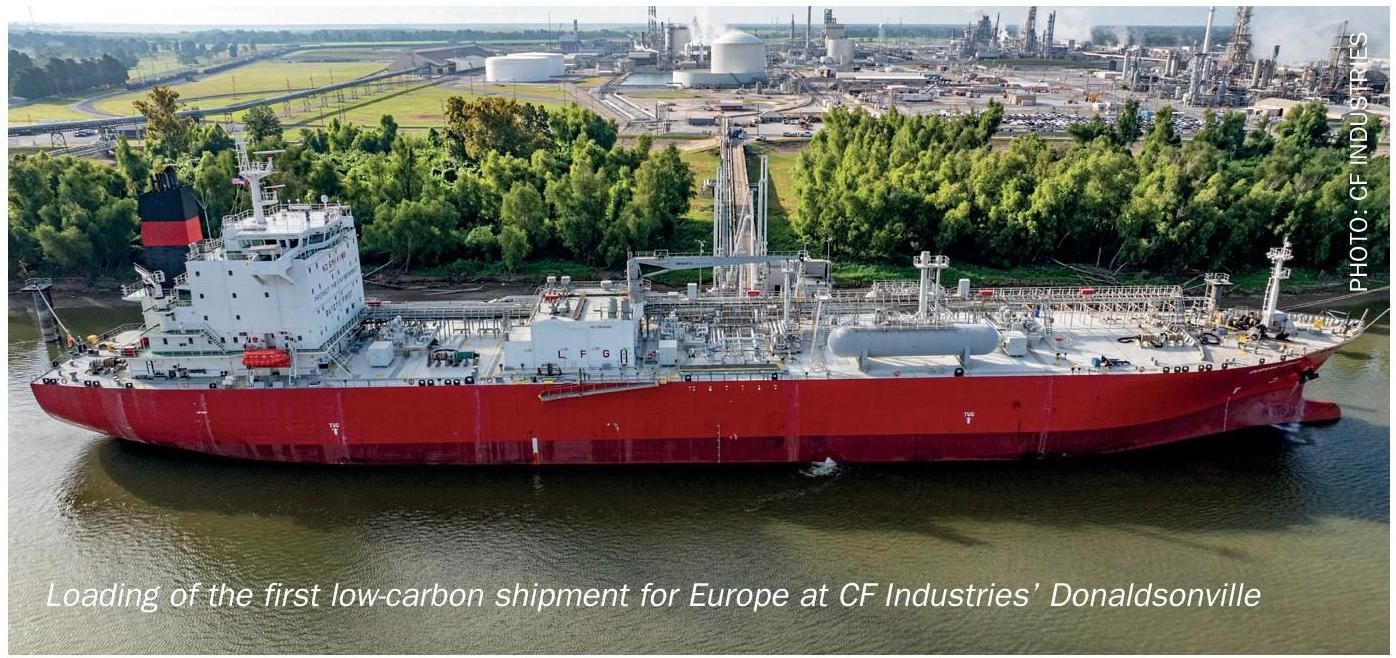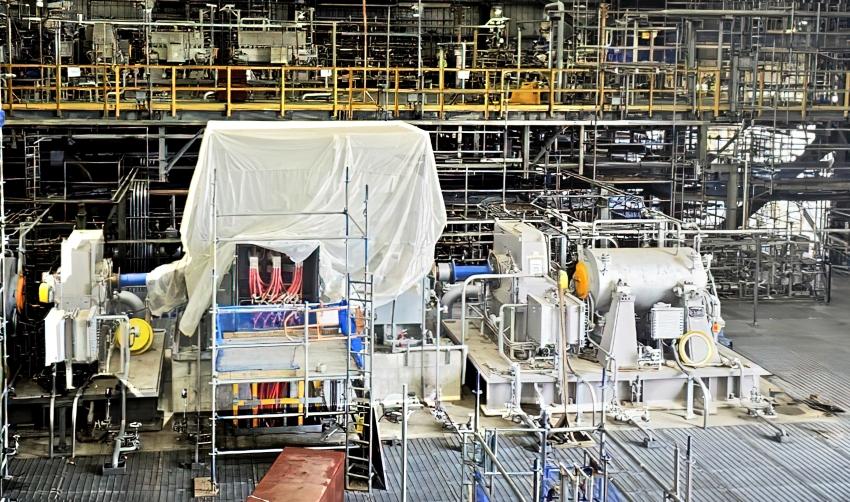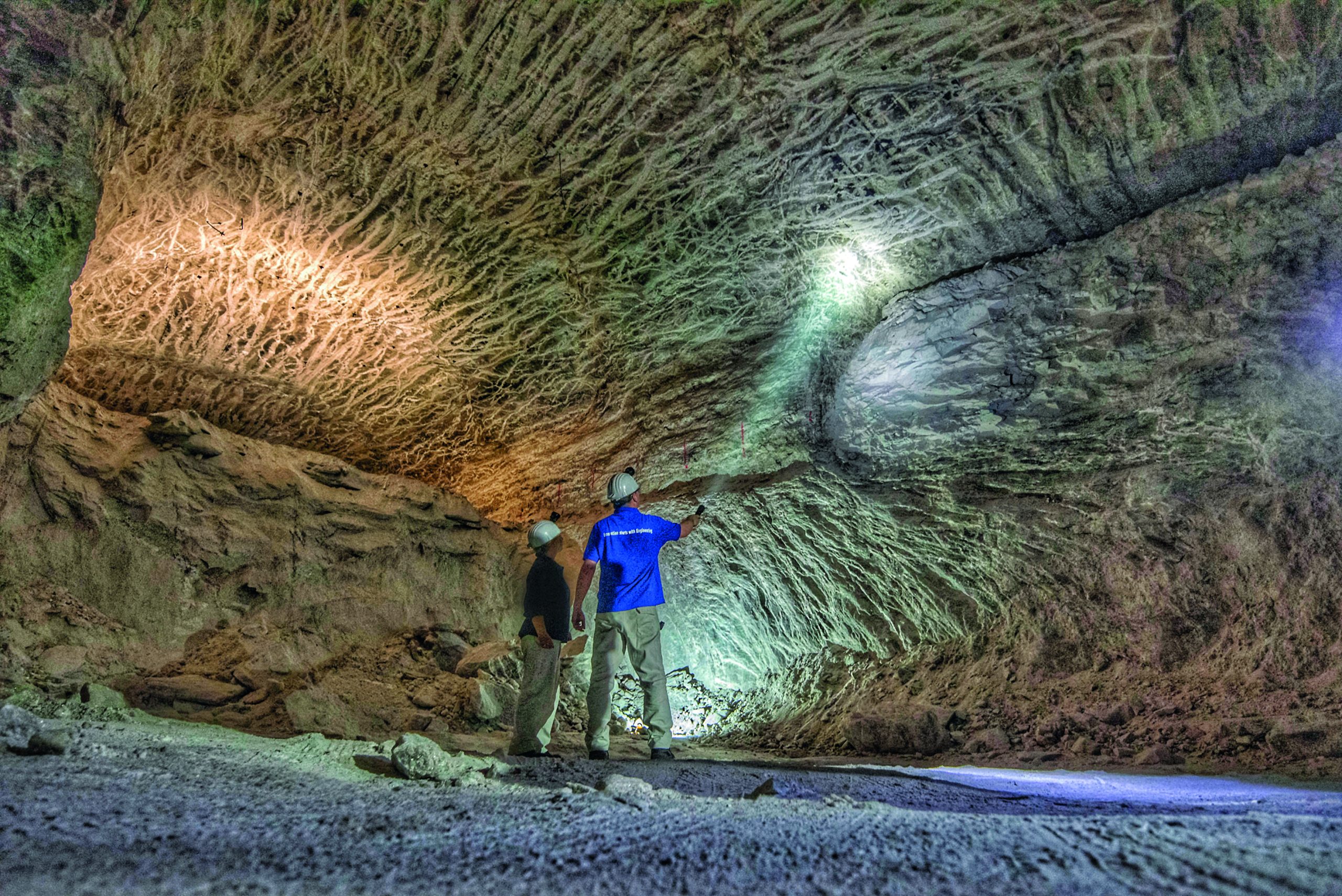Sulphur 417 Mar-Apr 2025

19 March 2025
Contract expected on oil project
Contract expected on oil project
Spetco’s contract with the Kuwait Oil Company (KOC) to install depletion compression systems and sulphur recovery units (SRUs) is said to be awaiting final approval. The $460 million project will upgrade two key facilities in North Kuwait, and Spetco says that it expects project execution will start quickly after final approval. The project involves installing new units at the Early Production Facility 50 (EPF-50) and Jurassic Production Facility 3 (JPF-3) using uses a build-own-operate-transfer (BOOT) contract model. The contract was originally tendered in 2023, but scope changes meant that the deadline has been extended several times.
The aim of the work is to sustain production from the facilities by installing compression systems and SRUs. The first part focuses on installing a new medium-pressure (MP) compression system and SRU at EPF-50. The second part focused on installing a new MP compression system and SRU at JPF-3. The EPF-50 and JPF-3 facilities receive sour wet hydrocarbons reservoir fluids through flowline gathering networks and trunk lines. Crude, gas and water are separated in a separation section currently receiving well fluid at 1,100 psig, and the crude is stabilised to export after desalting. The separation section consists of HP, MP and low-pressure (LP) separators in series. MP and LP gases are compressed to HP and combined with gas from HP separators. The gas is then treated in gas sweetening and dehydration units before being exported via pipeline. As the well fluid pressure depletes to MP, the combined feed from the inlet production headers and test header will be routed through a crude pre-heater to the new MP separator, which operates at about 425-450 psig. The new compressors will compress the gas from MP to HP.
The EPF-50 facility can currently process 200 million scf/d of gas, 50,000 bbl/d of oil and 130 t/d of sulphur. Originally, the upgrade project was expected to increase the volume of sulphur it can process to 270-310 t/d, but after the proposed changes to the scope, the capacity is now expected to be larger. The JPF-3 facility can currently process 150 million scf/d of gas, 50,000 bbl/d of oil and 200 t/d of sulphur. Originally, the planned upgrade was expected to increase the volume of gas that the facility can process to 240 million scf/d and the volume of sulphur to 440 t/d, but due to the scope changes, the capacity of JPF-3 will now be increased by more than the volumes outlined.






